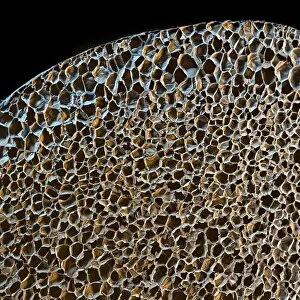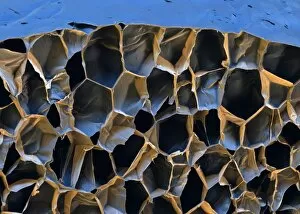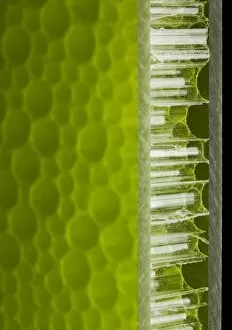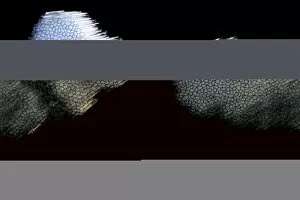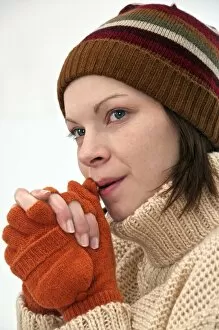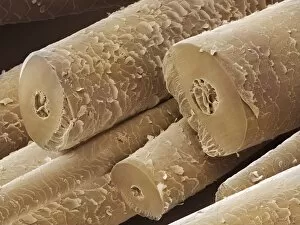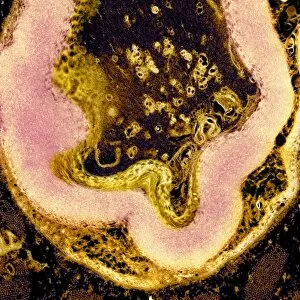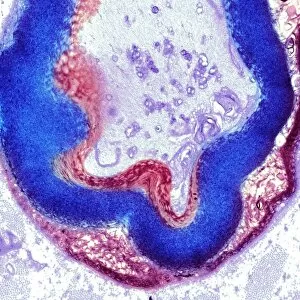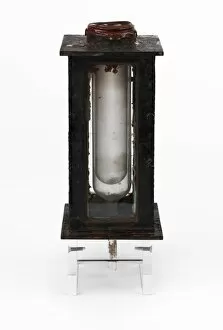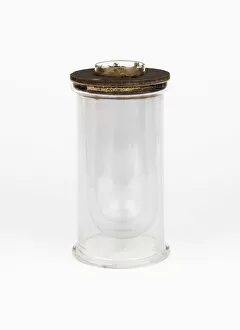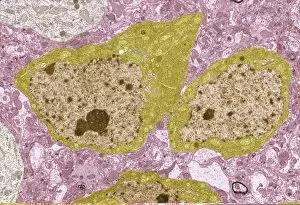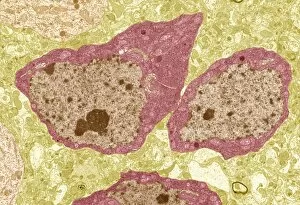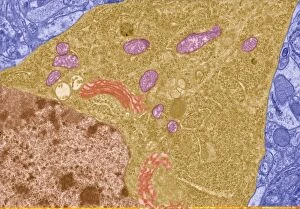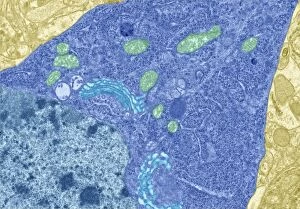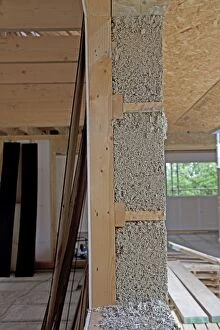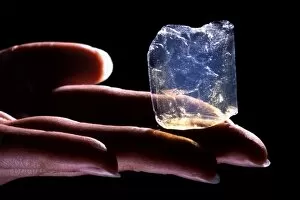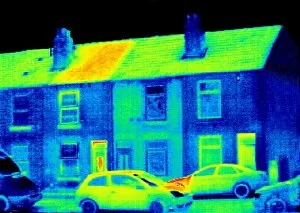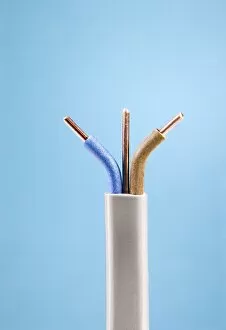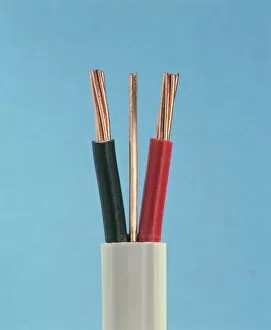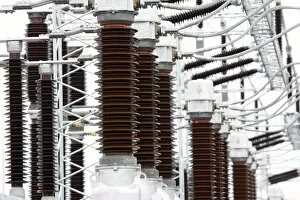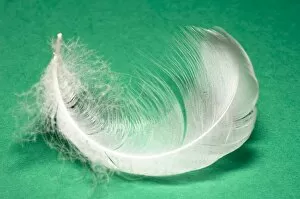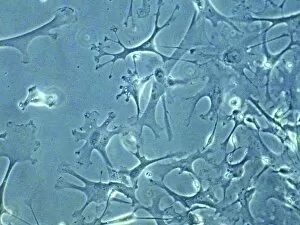Insulation Collection (#3)
Insulation: Nature's Secret to Battling the Cold As a cold snap blankets Tarn Hows in the Lake District, Herdwick Sheep find solace in feeding on hay
For sale as Licensed Images
Choose your image, Select your licence and Download the media
Insulation: Nature's Secret to Battling the Cold As a cold snap blankets Tarn Hows in the Lake District, Herdwick Sheep find solace in feeding on hay. Their thick wool acts as insulation, keeping them warm and protected from the biting chill. Just like these resilient creatures, our bodies have their own way of combating low temperatures. Deep within our fat cells lies an intricate network that helps regulate body temperature. Underneath a powerful microscope called TEM, we can witness this remarkable process unfold. Similarly, nerve fibres are equipped with myelination—a protective coating that enhances conductivity and insulates against external elements. In the midst of snowfall over Kentmere fells near Ill Bell and Yoke, Highland Cattle stand steadfastly on Kirkstone's side. Their shaggy coats serve as natural insulation against freezing winds—nature's ingenious design at work once again. But insulation doesn't stop at animals; it extends into our homes too. A hot water cylinder wrapped in a jacket ensures heat retention and energy efficiency. Likewise, insulating your house loft or roof space can significantly reduce heat loss and combat climate change—an act of environmental responsibility we should all embrace. A man measures the depth in his house loft or roof space—a simple yet impactful step towards conserving energy and reducing household heat loss. By doing so, he not only saves money but also contributes to mitigating climate challenges. Amidst picturesque Grasmere fields covered in snow stands a Herdwick ewe atop Steel Fell—a testament to nature's resilience even amidst harsh conditions. And just like these hardy sheep braving the cold outdoors, astrocyte nerve cells play a vital role in protecting our brain by providing electrical insulation for neurons. Finally, back to Kentmere fells where Highland Cattle graze peacefully alongside Snowfall—the epitome of tranquility amid wintry landscapes enhanced by their built-in thermal protection.

